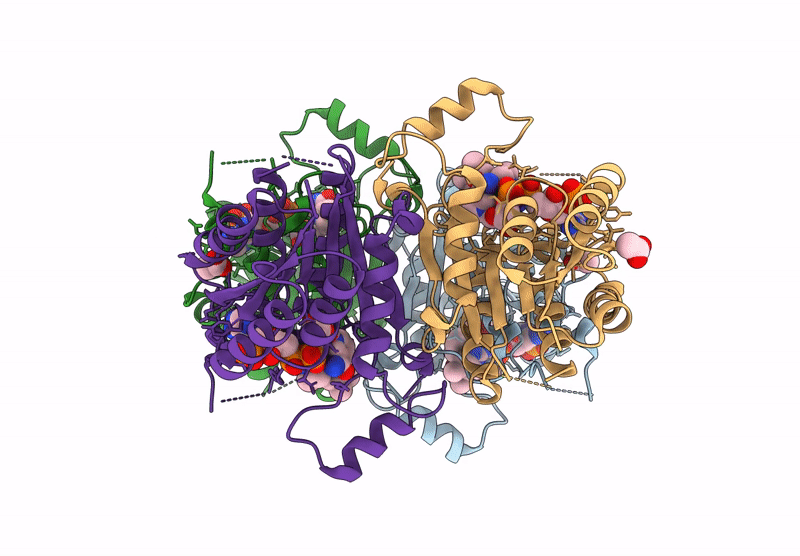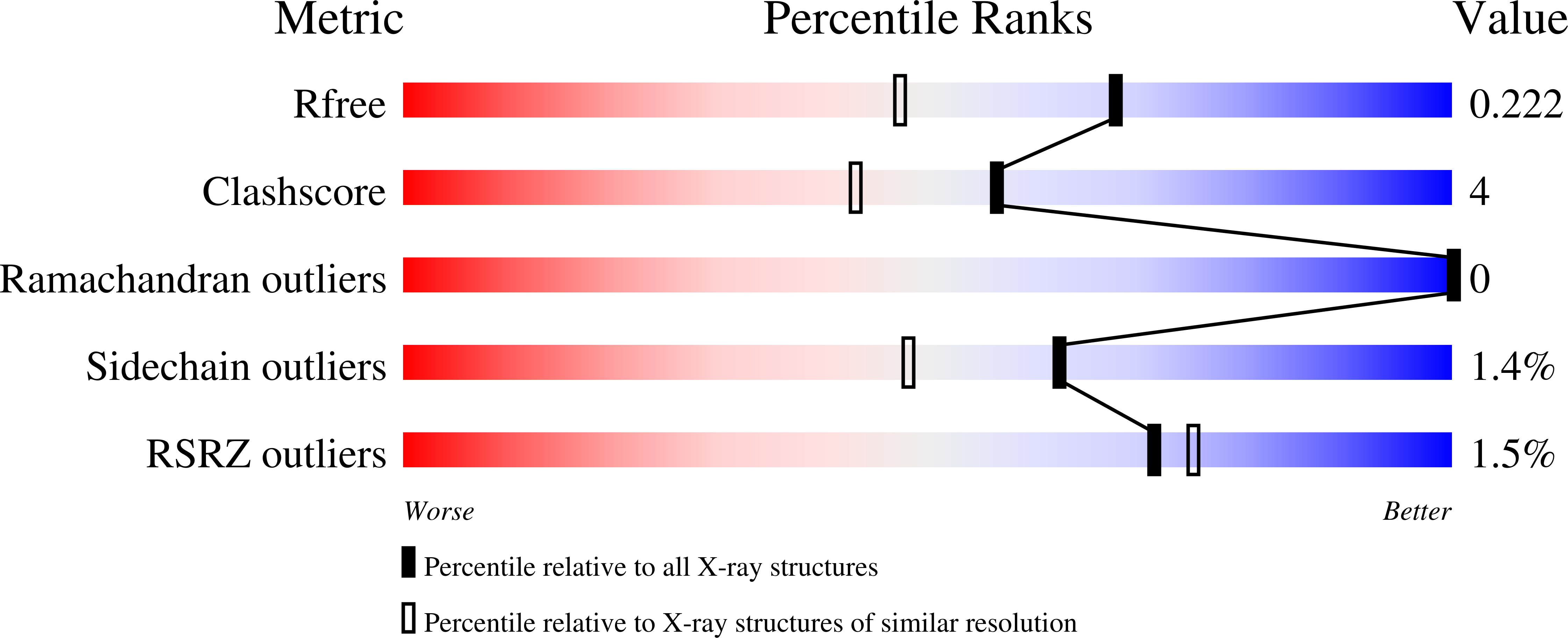
Deposition Date
2023-12-17
Release Date
2024-11-20
Last Version Date
2024-11-20
Entry Detail
PDB ID:
8RHU
Keywords:
Title:
Crystal Structure of Trypanosoma brucei PTR1 in complex with the cofactor and inhibitor P25
Biological Source:
Source Organism:
Trypanosoma brucei brucei (Taxon ID: 5702)
Host Organism:
Method Details:
Experimental Method:
Resolution:
1.71 Å
R-Value Free:
0.22
R-Value Work:
0.18
R-Value Observed:
0.18
Space Group:
P 1 21 1


